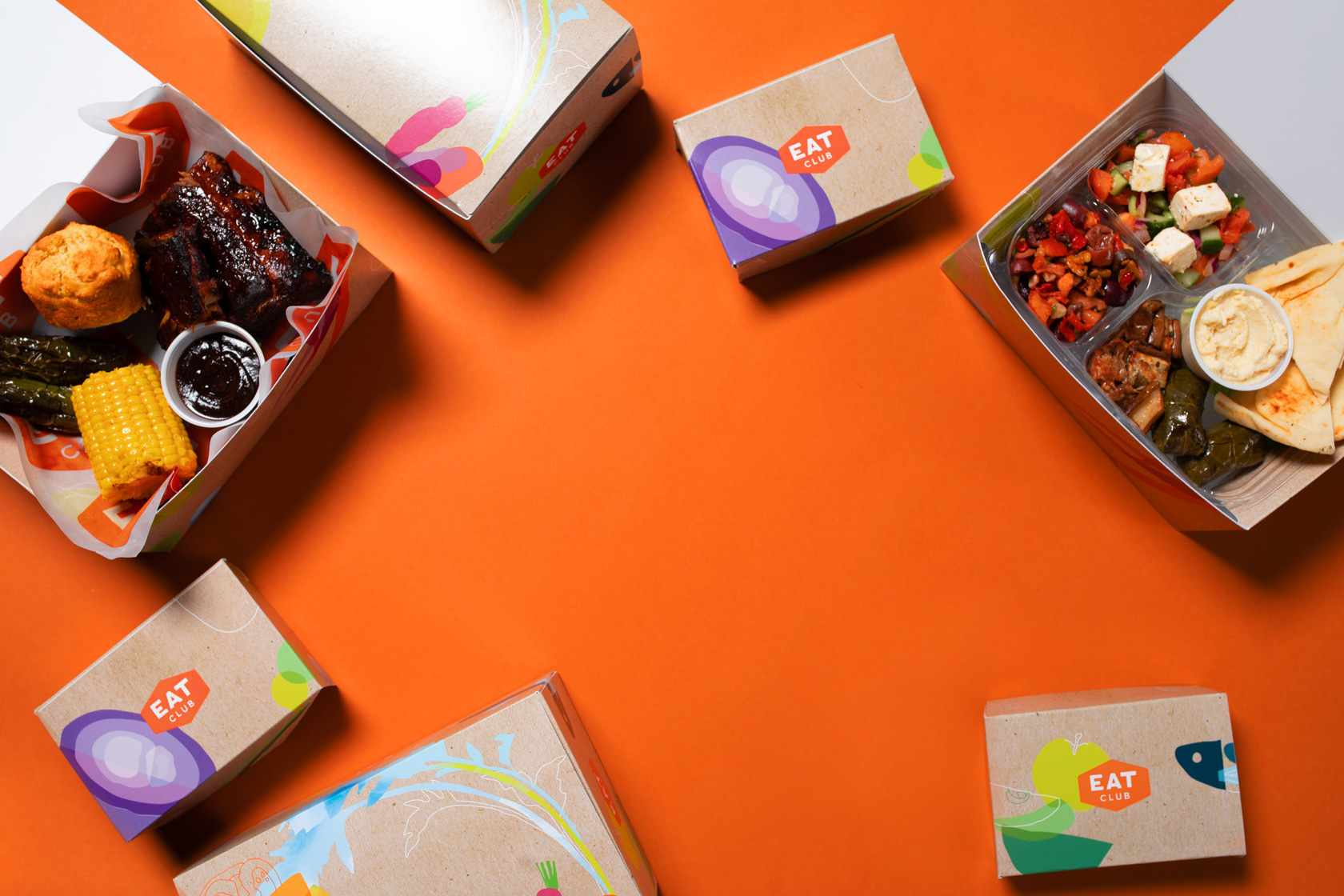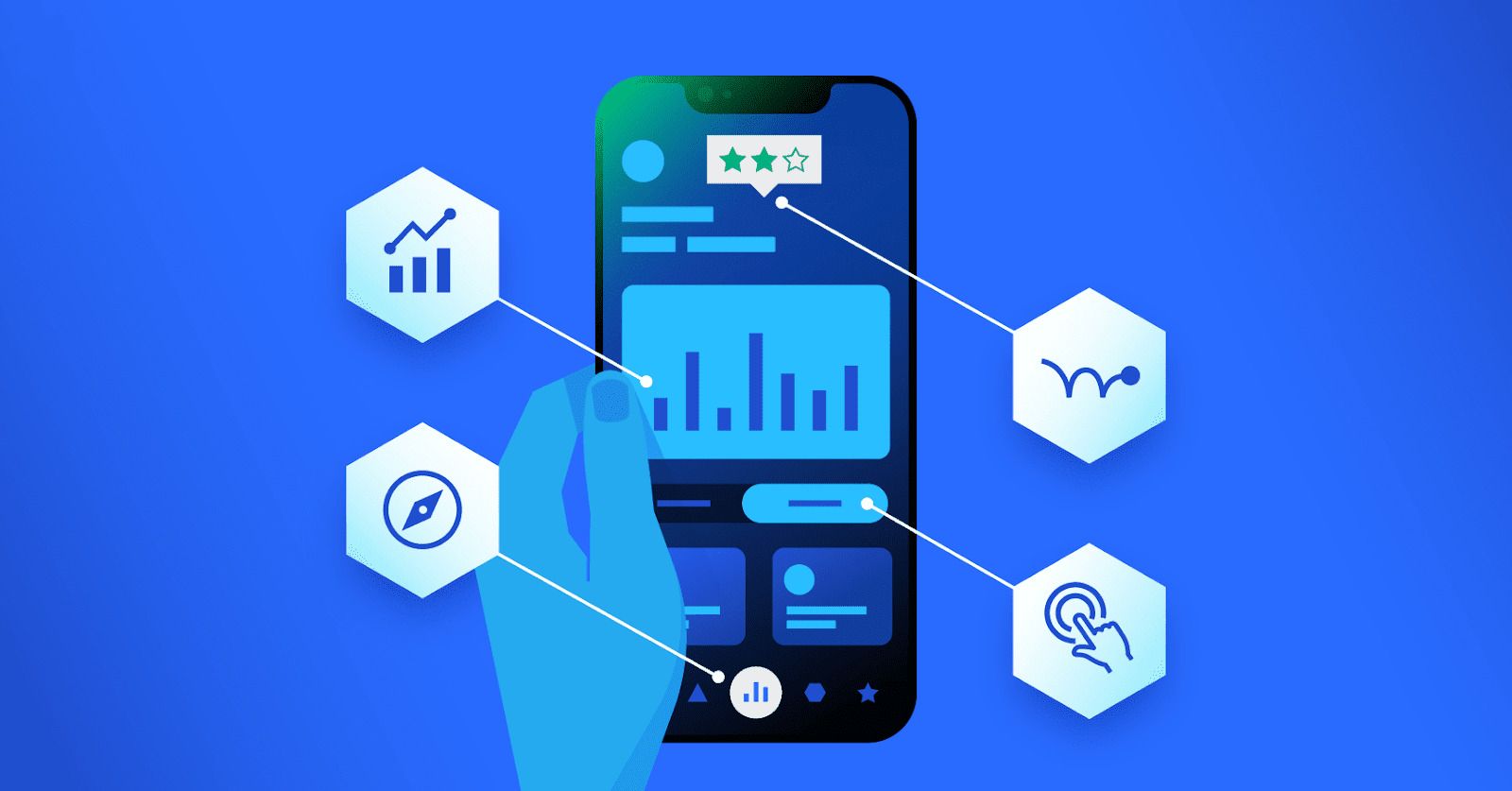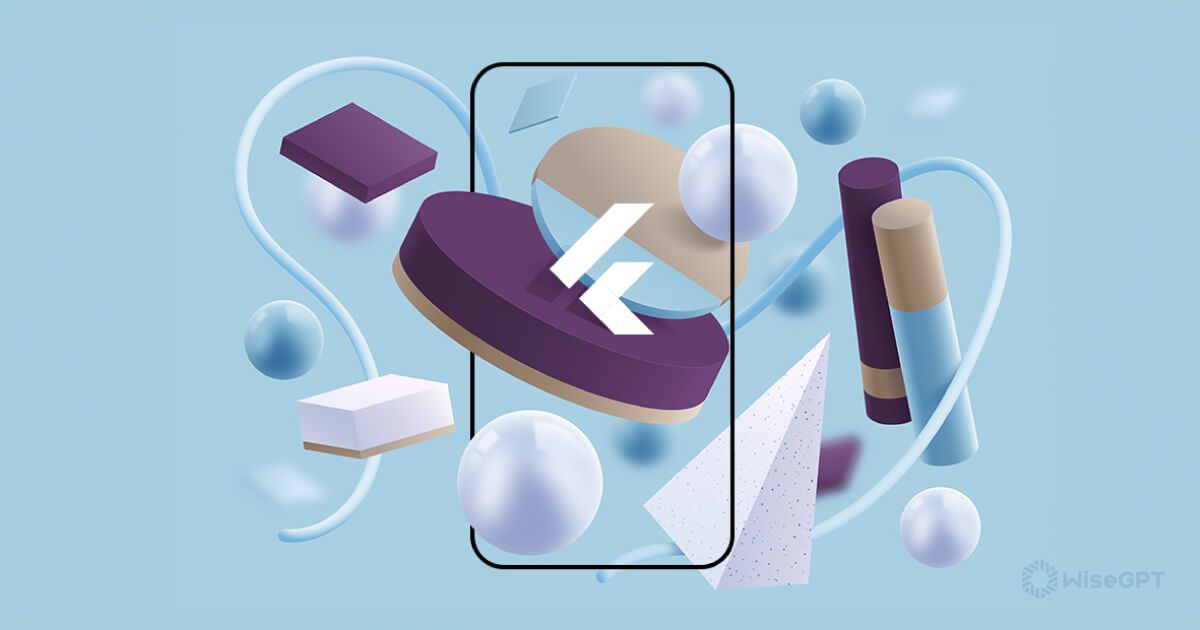The creation of food delivery apps has completely changed how internet, Android, and iPhone users can get to their favourite local restaurants.
These applications make it easier to browse menus, order a wide range of delicious foods, and take advantage of tempting deals from well-known brands.
Applications for food delivery not only make ordering meals convenient, but they also promise doorstep delivery and limitless savings.
Our main goal in writing this essay is to shed some light on the development expenses related to producing apps such as EatClub and Uber Eats. However, let’s first take a quick look at the EatClub app before diving into the main conversation about the financial elements of developing meal delivery apps.
What’s the Story Behind EatClub?
PHPL is the developer of EatClub, a well-known program for online meal delivery that serves users of iOS and Android devices. It is the biggest on-demand meal delivery business in India, and it serves busy cities including Hyderabad, Bangalore, Pune, Mumbai, and Pune.
Top Indian restaurant brands, such as BOX8, Mojo Pizza, Globo Ice Creams, Itminaan Biryani, Mealful Rolls, NH1 Bowls, LeanCrust Pizza, and others, are carefully chosen and available on EatClub. Because of its amazing features, EatClub has earned a rightful spot among the best smartphone applications for food delivery in India. It has solidified its position as one of the most widely used online meal delivery apps in India with more than a million users.
EatClub and Other Food Delivery Apps’ Most Alluring Features
When thinking about developing an app for food delivery, keep the following important points in mind to make sure the app appeals to users:
Basic App Design
Your app’s User Interface (UI) should be designed with ease of use in mind to provide quick access to features and functions. For users to easily access a wide range of information, such as meal listings, brand offers, and reviews, it must be presented understandably.
Easy Login Form
Simplify the registration and login form to make the user onboarding process go faster. For faster user time and lower bounce rates, think about providing social media logins.
Individualised Search Bar
The user experience is improved by a unique search function that makes it easier for users to find nearby eateries, reputable brands, and certain food items.
Cart Function
Give customers the option to put all of their food orders in one basket and receive a consolidated view of the things they have chosen along with pricing information for easy online ordering.
Offer Delivery of Minutes
Copy the dependable delivery strategy of EatClub and guarantee quick, safe meal delivery in under 25 minutes. Giving customers the option to order takeaway from eateries adds convenience.
Secure Payments Online
In keeping with the expanding trend in India, accept various payment methods, such as online and UPI transactions. Give users convenience and security during financial transactions top priority.
Tracking Location Feature
Include location tracking and map navigation features to improve the user’s ability to easily locate delivery destinations and track the status of food deliveries.
User Listing
Give users access to a thorough profile section to view deals, payment details, order histories, and more.
Features for Delivery Scheduling
Provide a scheduling tool that enables customers to arrange for their meal delivery every week or at the times that work best for them. This feature adds value to your app and improves the customer experience.
Notifications via Push
Users can be updated about sales, discounts, and order statuses by using push notifications. These alerts improve user interaction and customization.
Consider working with a mobile app development business or hiring app developers with experience in building feature-rich, intuitive applications if you want to create a successful food delivery service similar to EatClub. Their expertise can be quite helpful in realizing your idea and making sure your software is safe, effective, and stands out from the competition.
How Can You Make Money Using EatClub and Other On-Demand Food Delivery Apps?
A profitable endeavor, developing an EatClub-like app with many revenue sources that complement other online meal delivery and e-commerce apps, can be achieved. If you intend to create a complete cross-platform food delivery software, the following three strategies will help you make extra money:
Fees from Suppliers
Receiving commissions from eateries and food service providers is one of the most lucrative business sources for meal delivery applications. These applications give restaurants a vital platform to present their menus to a large audience, and if you design the app, you may get paid a fee for each order that is placed on your platform.
Delivery Fees from Clients
Customers may be subject to delivery fees to defray the expense of the delivery service. While some meal delivery apps charge a set delivery price for orders, others base their fee on the distance between the restaurant and the recipient. A consistent income flow is ensured by this revenue stream.
Restaurant Fees for Stand-Out Visibility
Restaurants frequently aim to highlight their brands or items on the app’s homepage or in prominent search results to increase their visibility and attract more consumers. Restaurants gain from this premium positioning by having more orders and sales, and you can charge them extra for it.
Your EatClub-inspired app can provide a steady stream of income and offer great customer service by using these revenue-generating tactics. Thinking about collaborating with app development businesses is a good idea if you want to start the process of creating an app similar to EatClub. Their ability to create intuitive, feature-rich apps can assist you in making your idea a profitable venture in the cutthroat field of meal delivery apps.
The Expense of Developing an EatClub-Style Food Delivery App
Like EatClub, developing a food delivery service can be expensive. It is anticipated that the development costs for a basic version for a single platform (i.e., Android or iPhone) will range from $28,000 to $40,000. On the other hand, factors like adding complex features, changing the UI/UX, and using particular tools and technologies during the food app development process can all affect the total cost of app creation.
Conclusion
Recall that the secrets to a successful meal delivery app are comprehensive functionality, faultless user experiences, and a well-thought-out business model. You have a great opportunity to make a big impact in the rapidly changing field of online meal delivery by utilizing the knowledge and techniques provided in this guide. I hope you have success developing innovative food apps!




